-
Posts
1,609 -
Joined
-
Last visited
-
Days Won
144
Content Type
Profiles
Forums
Gallery
Posts posted by John/Horace
-
-
I think the amp in the back for rear sub has its own power feed. Probably main ignition switch fires main power, then an always on constant power for radio memory, cd . So possibly up to three power sources.
-
-
I definitely have feet. 😳Remote trouble shooting of electrical problems without a wiring diagram is not easily done.
There is a whole 30 minute routine to trouble shoot the cam sensors on a 3.5. I don’t even have the 3.5 engine.
Problem could be as simple as a bad plug on a cam sensor … or timing marks from belt change. I’m impressed you got this far. Most diy people don’t even attempt a timing belt change. This is advanced trouble shooting territory unfortunely. The 3.5 engine is worth fixing, my brother put over 200k miles on one. Belt hard to change but for several reasons possibly better than the newer 3.6 engine. Emissions rules killed off the 3.5.
-
-
Cam sensor issues can prevent a car from starting. And cause cylinder misfire codes. It seems there is a relearn procedure, but diagnostic trouble codes will prevent procedure from being done. So they have to be cleared first.
Using a multi meter the cam sensor wire harness and sensors need to be tested first before trying a relearn.
Supply voltage of 5 volts, correct ohms for cam sensors; feed from ecm to actual sensor plug. So wiring diagram needed as well.
-
Wow you have been busy. Often crank sensors are plug and play, cam not as likely. Your listed codes could be so many things.
You mentioned a few posts back about breaking map sensor and gluing it. The 3.6 has one, you have a maf mass air flow sensor. They can get dirty and cause rich codes and rough idle etc. and the listed codes. Need special spray cleaner to not wreck it. It’s located in the intake air ducting. Simple and worth trying. Should not be any broken tiny wires in the fine mesh.
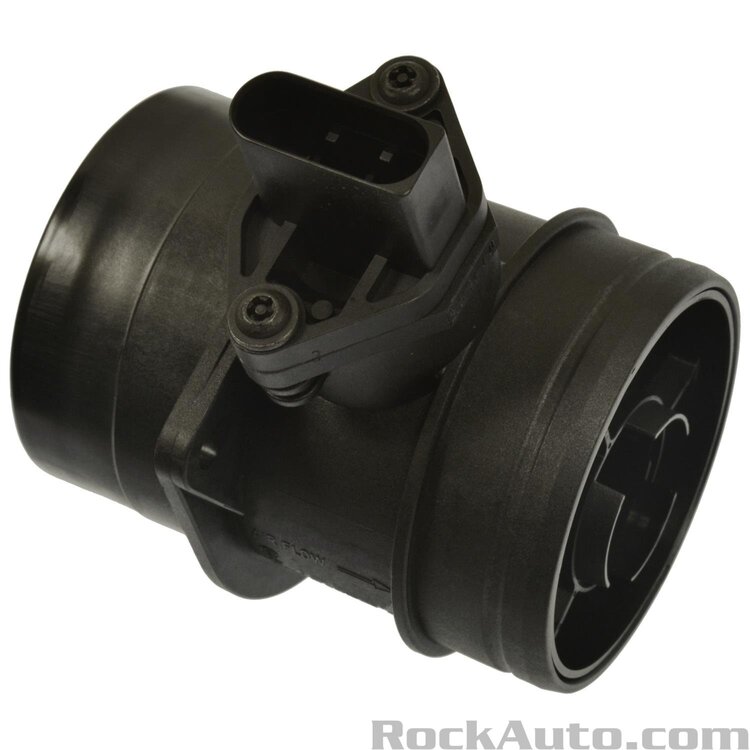
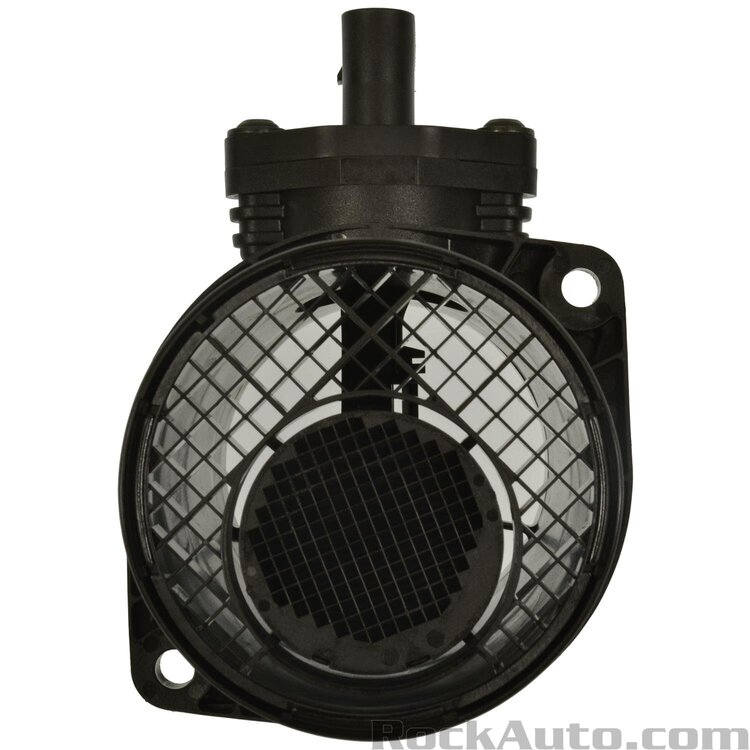
-
Have you put a wrench on crank pulley bolt and tried to manually rotate engine?
This is an aluminum engine block and heads with c.i. liners. Not as tuff as cast iron engines.
Hoping thats not the problem. -
What voltage is the battery showing. Put a charger on it or try jump starting the car. These push button start set ups need a good strong battery or they won’t try to start. If battery good, yeah check fuses.
-
I have swapped Journey batteries more than once. I think the pedestal is just big enough for the larger group 34/78.
However the hold down bracket probably is not. If you have access to a welder, you may be able to modify it.
Another option is staying with 86 and going to a AGM style battery for approx a $100 more. Faster charging, slower discharge when sitting.
All Lexus and other luxury cars ship with them. Better for high electrical load newer cars.
-
And some say ask LKQ or other auto recycler. That is their business.
The 3.5 was also used in other FCA vehicles like the charger and 300 which also had awd. More were sold so might be easier to cross reverence that.
Ask a transmission shop. They often deal with this stuff. Might also suggest going 2 wheel drive for now.
-
Start with basics. Make sure fuses for radio and dash controls are good. Journey are prone to ground issues in salt belt areas. Bother front strut towers have multiple grounds held with 10 mm bolts. Remove them and clean up until shiny, add light film of dielectric grease. Some people even remove body paint to bare metal right at mount location, then add dielectric.
-
You are correct the 8 passenger 75 T&C had catalytic converters on it. Canada always adopts the highest emission
rules …so California spec. Unleaded gas came in at the same time. Big hits to fuel economy and performance.
The 5 mile an hour bumpers came out shortly after that, ugly heavy chrome suckers with shocks built in. Must have added over a hundred pounds per vehicle. Full frames were still std design as well. -
Thanks for the pic. It is kinda neat, didn’t know they existed. Curious about he drive line. Maybe a big 440 v8 with a Holley four barrel and a 727 three speed automatic. Like my dads 1975 Chrysler Town & Country station wagon had.
Very stout mechanicals. But a lot of Journeys…to the gas station. But fun times.
-
Wow sounds frustrating. You have covered pretty much all the bases. A node light clips on the injector wire harness and flashes to show a good strong constant signal to the injector.
When engine is acting up it needs to be used on your wire harness. If it shows an issue in your case It would probably indicate an ecm computer problem. Not a common failure item and not cheap to replace. Remanufactured units are available. -
Sometimes they can cut out so quick there is no code stored when CPS is bad. Look closely at the wire harness leading to the sensor make sure it has no signs of insulation damage. Light film of dielectric on sensor contact surfaces is always a good idea.
The year, the milage and engine were listed…nice to have someone who understands forums.
-
Use Waze or a gps for speedo until you figure it out. Fairly accurate. Look for wire harness damage, critters could have chewed a connection. It’s a lot of codes at once.
-
Often the lightning bolt symbol is tied to a electronic throttle body sensor issue. Not always with a clear code pointing to it. This sensor works with the accelerator pedal sensor, and it is a common failure item.
If you have the other engine, try swapping over the throttle bodies. The plastic gears in throttle sensor wear out and cause problems. The original part is made by Hitachi. Rockauto sells,it.
-
Auto wreckers have the ability to cross reverence what fits different years. I highly doubt they are inter changeable. Have you tried just removing the drive shaft and leaving vehicle as a two wheel drive. Might have a light on dash but usually vehicle runs fine. With the 3.6 engine awd several people have switched to two wheel drive on this site.
-
Ignore battery temp sensor comment, the 2009-10 didn’t have this, the newer ones have a bms system with a current sensor on negative terminal.
Yeah like laryl is saying. Grounds are important because current/ power has to flow some where. No ground can be as bad as no power feed.Both the front struts under hood have multiple grounds held in place with small bolts. In the salt belt these grounds can get corroded and dirty. You can soak with penetrating oil first, then remove each of these grounds. Scotch brite or sand each connection until shiny again. Some people even remove body paint to bare metal at small contact points. Then a light film of dielectric grease is needed on all cleaned surfaces. Not much, just a film.
No worry about shocks or arcing, these are ground connections.
Also after battery new terminals are tightened. Always grab each one with a gloved hand and try and see if they will twist or move. If so they aren’t tight enough; torque until they can’t be easily moved.
-
My first car was a standard super beetle. I had a total of 5 beetles over a number of years, and a vanagon. First full engine rebuild I ever did was on a beetle. Only two had the gas heater option.
I had a lot of good times fixing my beetles. Never owned a new one. They were one of the cheaper cars on the road, yet still pretty reliable.
-
Checking the wires visually is useful but you didn’t always see wires that are broken off completely.
Automotive wire is usually multi strand copper wire. Three quarters of the 50 ish strands might be broken so instead of battery voltage some wires may only carry 5-6 volts…or not enough amps. To function properly.
You could take the rubber boot and gently flex the wires a bit with the door open. Then try cycling stuff. If it works momentarily you have found some partially broken wires. Another way is to use a multi meter and measure actual voltage and continuity (broken grounds without power can also disable stuff) on all the wires in the door loom. You could also buy a complete new driver door wire harness. Probably not cheap.
-
Very cool, first time I have ever seen this. The Volkswagen Type 166, better known as the Schwimmwagen, shown with its canvas up and engine cover opened. The Schwimmwagen is a really cool amphibious car that was very popular among anyone who got their hands on one during the war. They had a smooth bottom, a boat-shaped body and a propeller at the rear. They were powered by a rear-mounted air-cooled boxer engine. https://militaryhistoria.com/schwimmwagen/
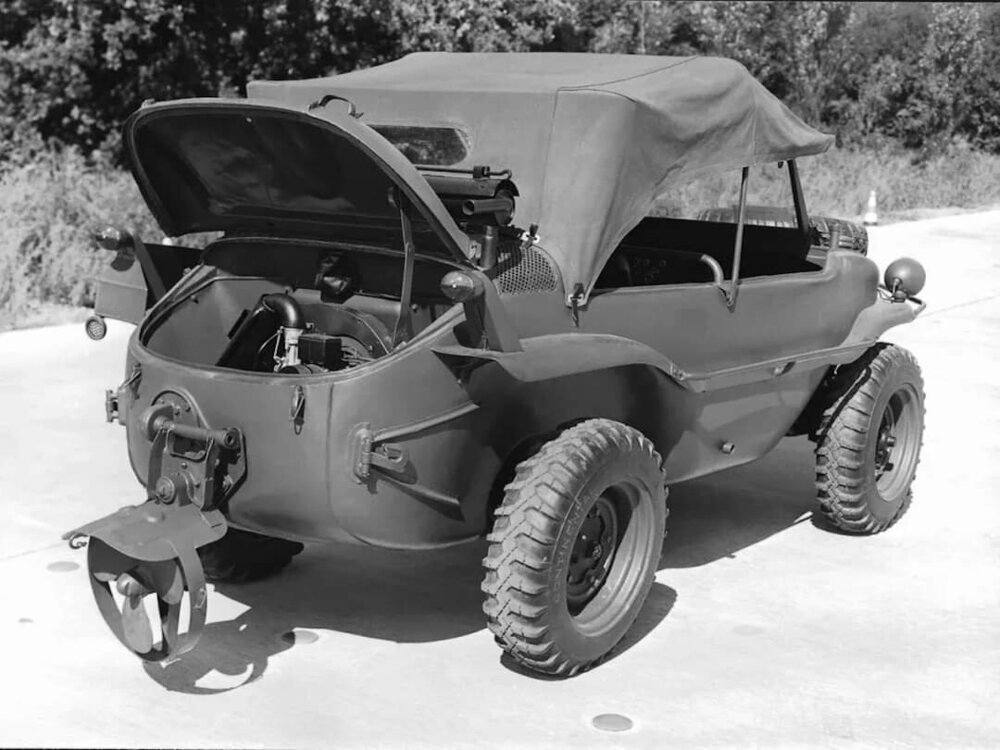
-
Another person with broken wires in the hatch harness. Lost the high brake light led last year and recently the remote lock switch on the hatch close to latch handle. Slit the boot and get out the heat shrink, solder,flux, soldering iron and tye wraps.
Found two severed wires and one cracked soon to fail wire. Around an hours work if you can solder. About $5 in materials.
-



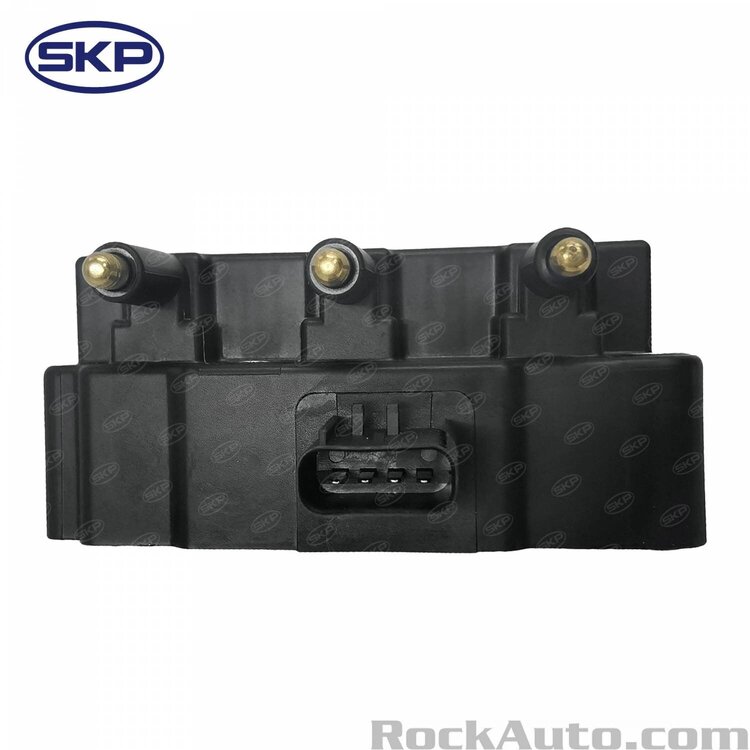
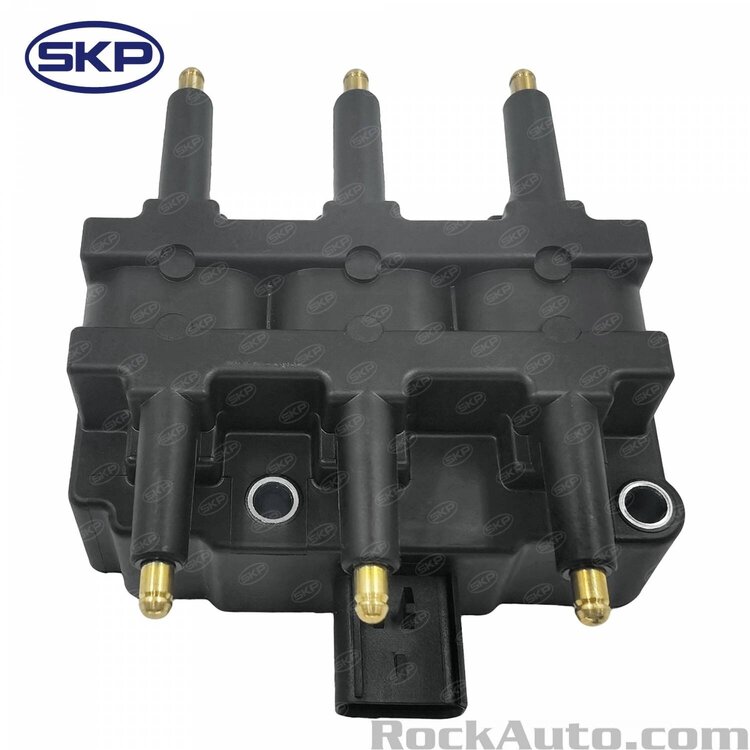

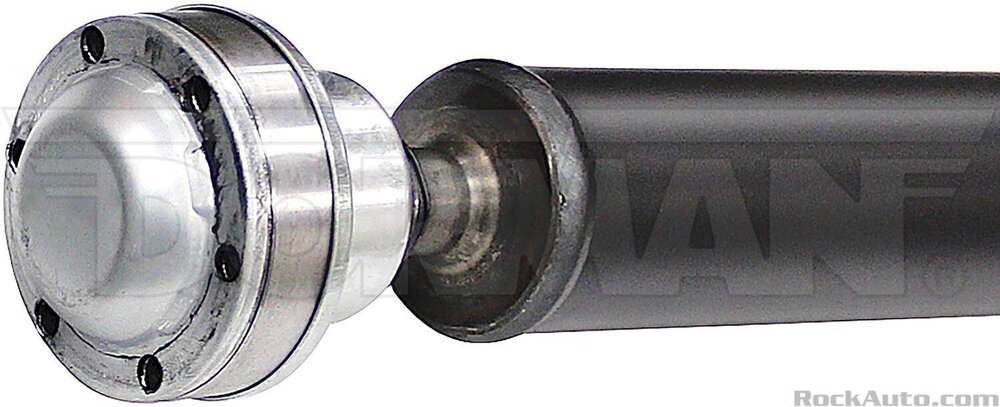
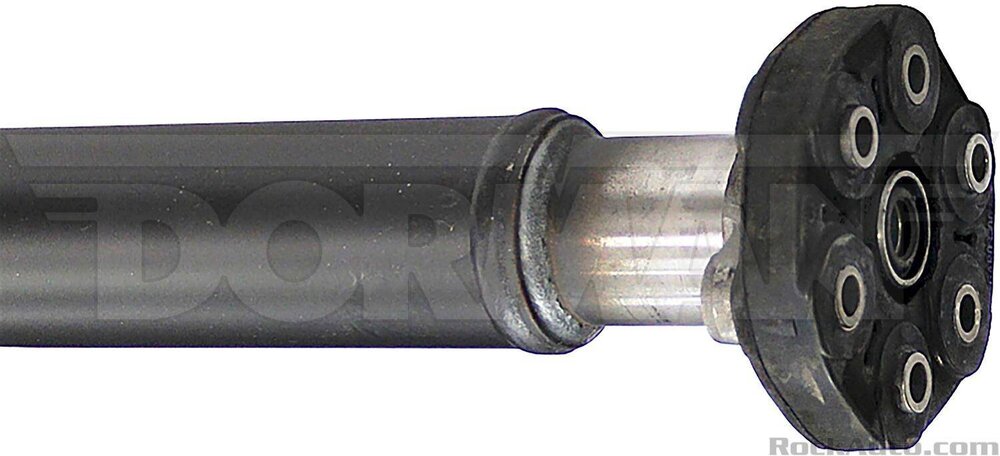
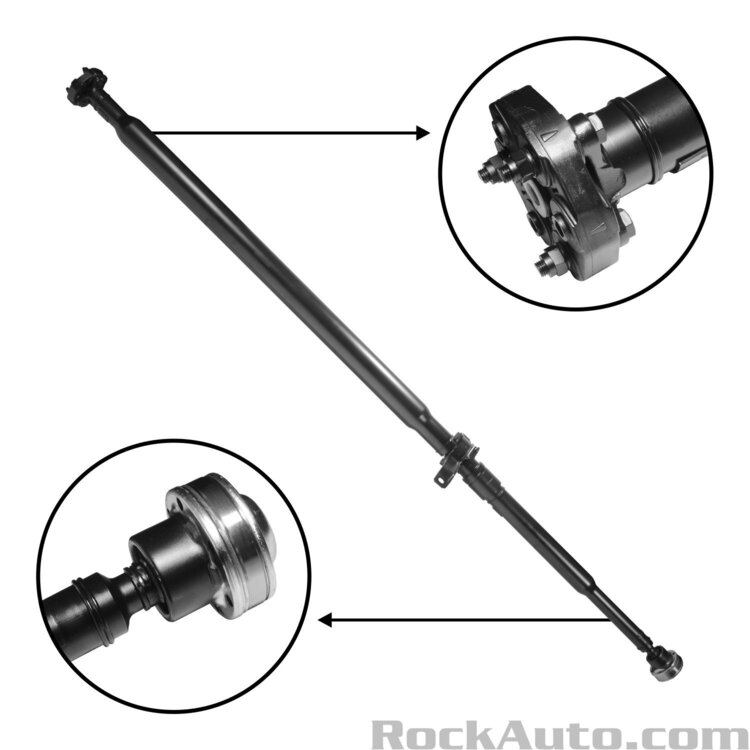

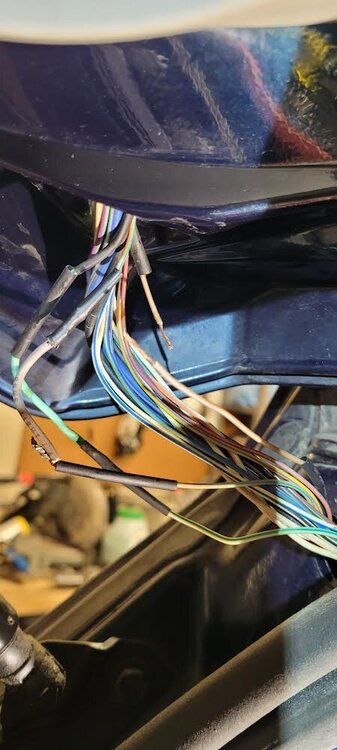
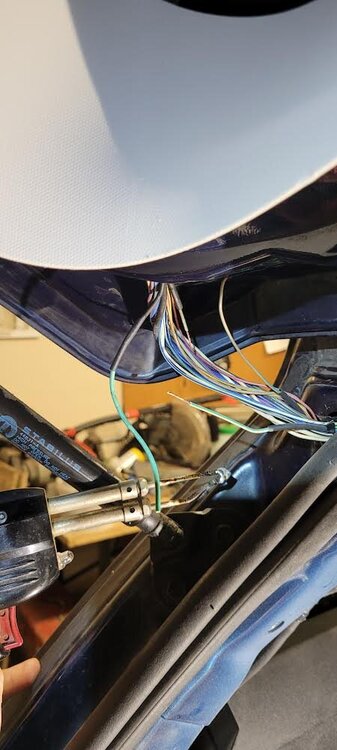
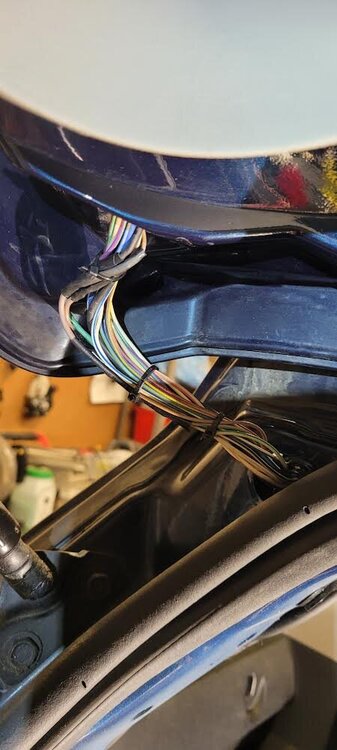
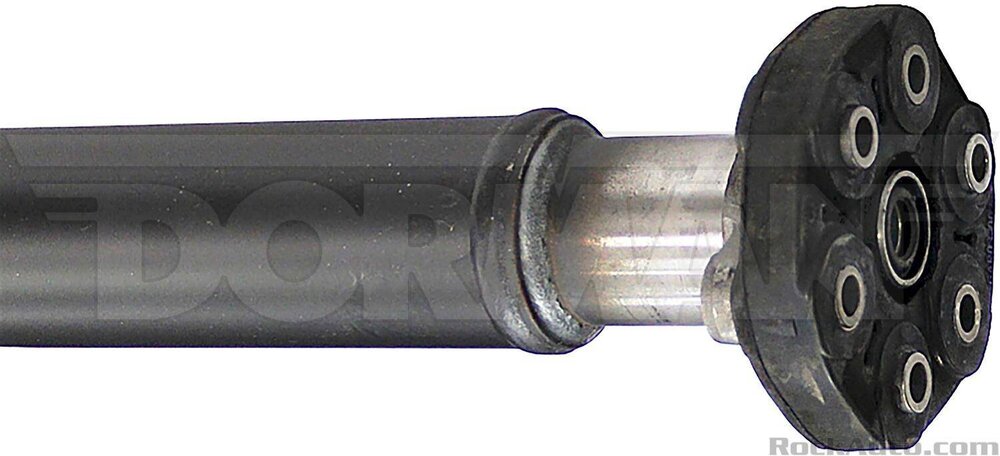
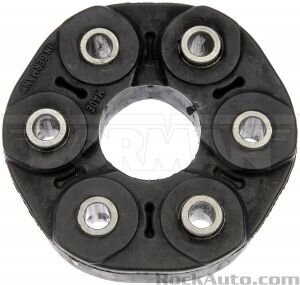
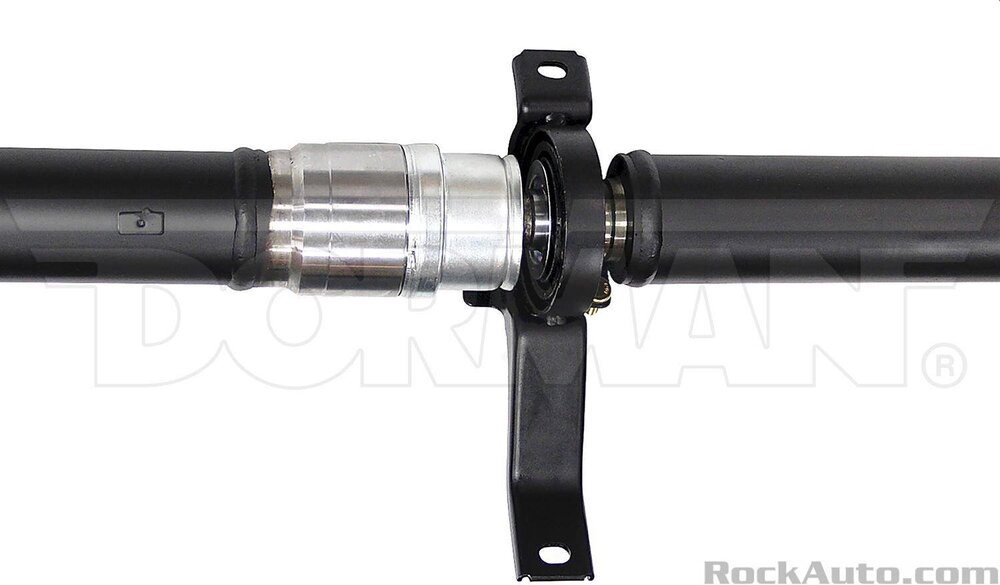
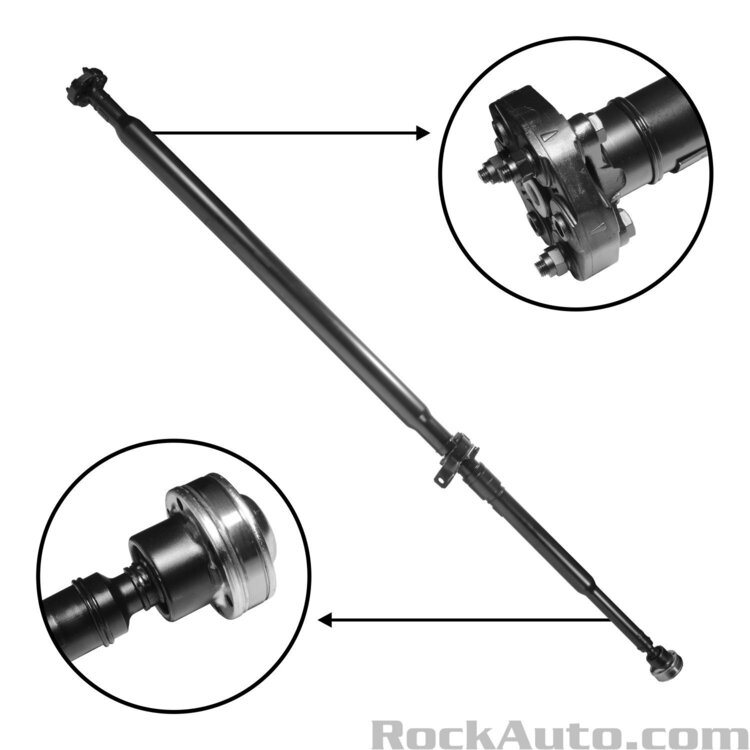
2013 SE 2.4 Misfire/Stalling
in Engine & Transmission
Posted
The 2.4 around your model year had a cat recall. My daughter in laws 2012 got a brand new cat, even though only 60k miles on it. Federal regulations up here. If they start to plug can affect driveabilty a lot. Worth checking out.